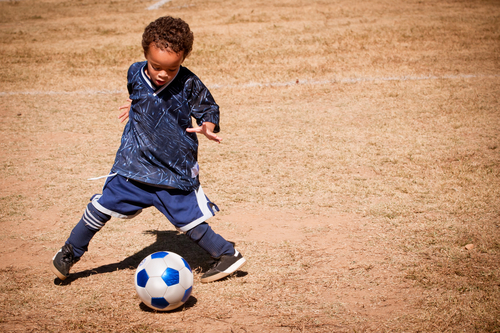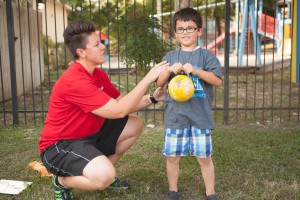Running a Spartan Race with Asperger’s
(Repost)
Thirty-six year old Justin Coleman is a runner. It just so happens he was diagnosed with Asperger’s Syndrome in 2013. He is a long-time contributing member of the San Antonio Area Adults with Asperger’s Meetup group.

Recently, Justin competed in the Spartan Dallas Ultra. This race had over 60 obstacles and was over 31 miles long. There were thousands of participants from all over the world. Justin feels that he made history for autistic people by finishing and receiving a buckle trophy.
Justin runs in several races a year, both obstacle type races and regular ultra marathons. Costumes are often a part of the specialty races. His Facebook friends are treated to frequent pictures of Justin and his running buddies. He has a grueling workout schedule to maintain his conditioning, plus he works for Amazon and will be re-entering a college program at Northeast Lakeview in San Antonio this spring.
In 2016 Justin even started traveling out of state to races. Congratulations, Justin, for all your achievements.
Here are Justin’s own words about his running and obstacle course passion:
My name is Justin and I became the first man with Asperger’s to not only run an ultramarathon but it was actually a race called a Spartan ultra (used to be called the ‘ultra beast’).
To put the whole idea in elementary terms, for a regular ‘beast’ race you have a minimum of 13 miles with at least 30 obstacles that an individual has to overcome, whether it’s climbing over a wall, crawling under a barbwire with the ground being either grass or a mix of mud with water, or even pulling up a sandbag using a pulley system.
Now imagine having to do 2 laps of this race. This was my very first time doing an ultra race of any form. Unfortunately, this isn’t just a ‘walk in the park’, as with this race there is a time limit that you HAVE to complete the race by.
Continue ReadingDema K. Stout, MA, PCC, CPCC established her private coaching and consulting practice (formerly Synergy Solutions) in 2004 to provide individuals (and their families) with neurodevelopmental disabilities such as AD/HD and Autism Spectrum Disorders the best possible support to achieve the quality of life they want and deserve. Dema spent the majority of her professional career as an employee of human service agencies providing supports to families and their children with disabilities. Upon relocating to San Antonio, TX from California, Dema decided to develop her own consulting business. She finished her initial Coach training with Coaches Training Institute, San Rafael, CA in 2002. She is also a graduate of CTI’s Leadership program and a Certified Nurtured Heart Approach™ Advanced Trainer. Dema has studied with Jodi Sleeper-Triplett, a leader in the field of AD/HD coaching. The services Dema provides maximize the skills she has obtained during her long career to support individuals and their families.




